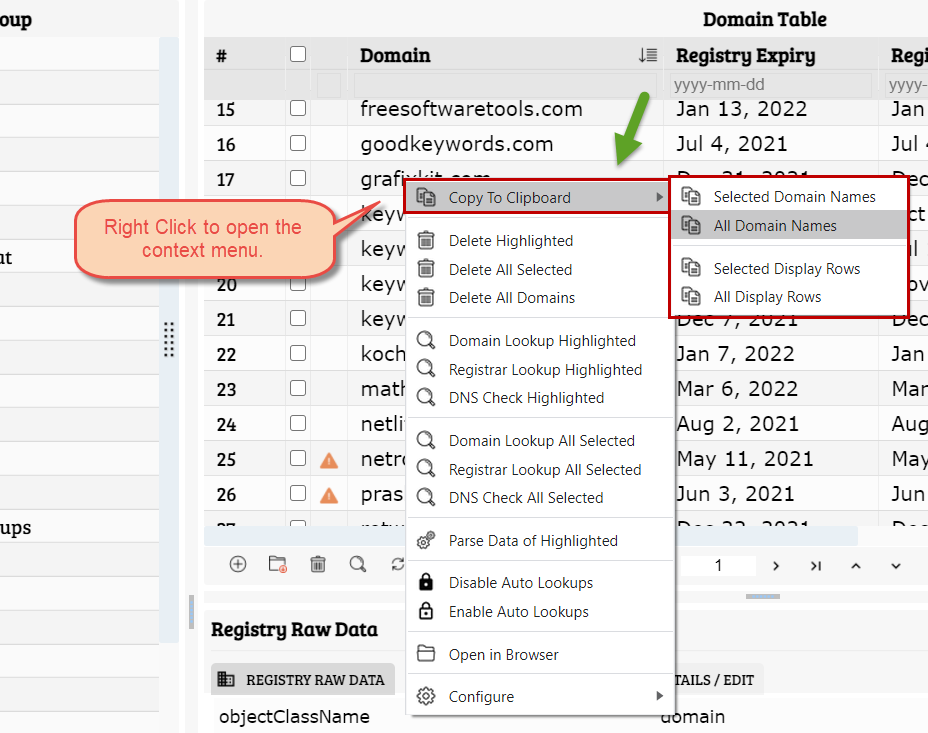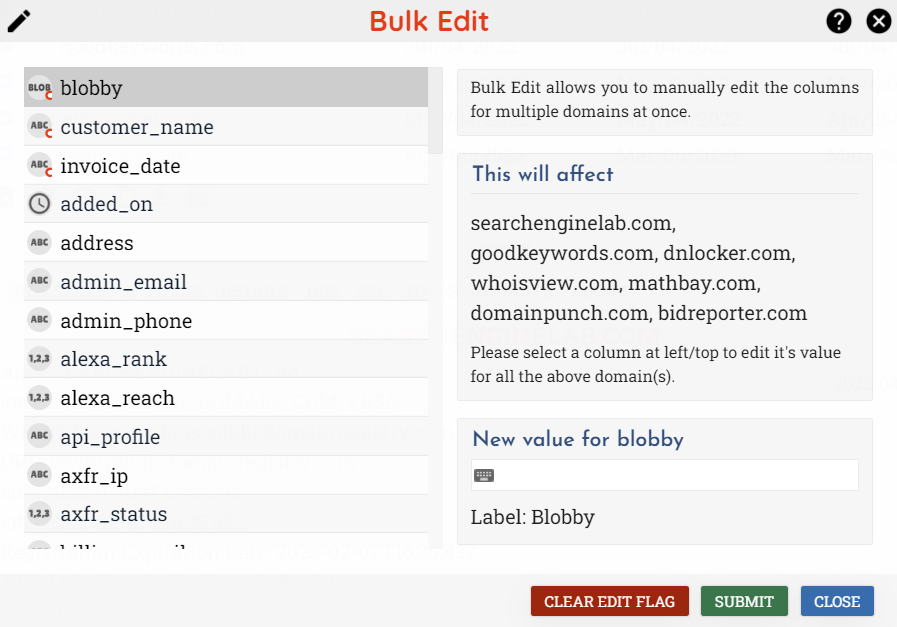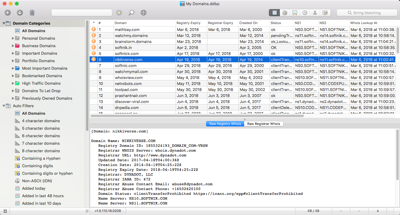
Domain management services use their own suite of domain management tools to handle domain registrations and renewals, review the portfolio and delete unused and unneeded domains, and maintain domain security. To manage a large and diverse collection of domains, corporate users may turn to domain management services, which offer a variety of service plans for tracking and maintaining all the active and inactive domains in the portfolio. Others may be associated with different nameservers or with hosting accounts that have varying terms of renewal. Your Registrar (some are better than others at this)īecause businesses of all sizes often buy multiple related domain names with different extensions, they can end up with a large portfolio of domains, some of which may lie dormant for long periods of time or never be used at all. Watch My Domains SED For Web Servers ( )ĩ. Watch My Domains/Domain Punch (desktop) ( )Ģ. Notable domain management tools are as follows:ġ. Domain management can also be outsourced-this is an appealing option for users with multiple domains or corporations with a large domain portfolio. Available through the cloud or downloadable to a user’s own desktop, these tools allow users to control all aspects of domain management on their own. Some may also include domain name generators and other tools for managing multiple registrars and nameservers, and for keeping domains secure.
#Watch my domains free#
A variety of paid and free domain management tools online can also handle essential tasks such as registering and renewing domains, managing multi-domain portfolios, and tracking domain performance. These DIY management tools allow users to handle key tasks such as renewing or terminating domain registrations, validating IP addresses, and configuring nameservers. These tools offer a graphical, non-technical way to manage settings related to maintaining all the domains on a user’s account. Another key part of domain management involves security-validating IP addresses associated with the domain and checking for suspicious access to the domain.Įssential domain management tools are available either through the registrar, or they can be integrated into the control panel provided by a web hosting service. Because a domain establishes its owner’s online identity, managing that domain can also include checking for similar names that might be harmful to a brand’s reputation or authority, or tracking analytics to see how it performs in searches. But, in general, a domain owner needs to be able to perform essential tasks such as renewing or terminating domain name registration, determining nameservers and hosting providers, and making changes to domain names if needed. Whether a user buys one domain or many, though, ongoing management keeps them updated and working to support the websites they serve.ĭomain management can take various forms, depending on a domain owner’s individual goals and needs. That can result in a large portfolio of domain names, some of which may never be used. Many registrars recommend buying as many related domain names as possible to keep them from being used by competitors and to capture all possible variants that might be typed in during a search-including misspellings. Larger corporations and those with several different business interests may need multiple domains. Individual users and small businesses might find that a single domain name is all that is needed to establish an online presence and develop a brand.

Once registered, the name is assigned to a host’s primary and secondary nameservers, which point the domain to a website.

#Watch my domains plus#
Finding the right domain name can take some time and thought, plus the help of online tools to perform a domain name search and check availability, but once a name has been picked, all that’s needed is to register it either with an independent registrar or a web hosting company for a term of one or multiple years. Securing a domain requires only a few steps.

Site owners may be tempted to focus all their attention on setting up and maintaining the website itself, but managing the domain is a key factor in keeping the website live and accessible.

The domain name not only establishes its owner’s presence on the Internet, it also serves as a portal to a business or personal website designed to serve that owner’s unique needs. Domain management, or domain name management, refers to the ongoing tasks of keeping a personal or corporate domain (or domains) stable, secure, and able to support related websites.


 0 kommentar(er)
0 kommentar(er)
